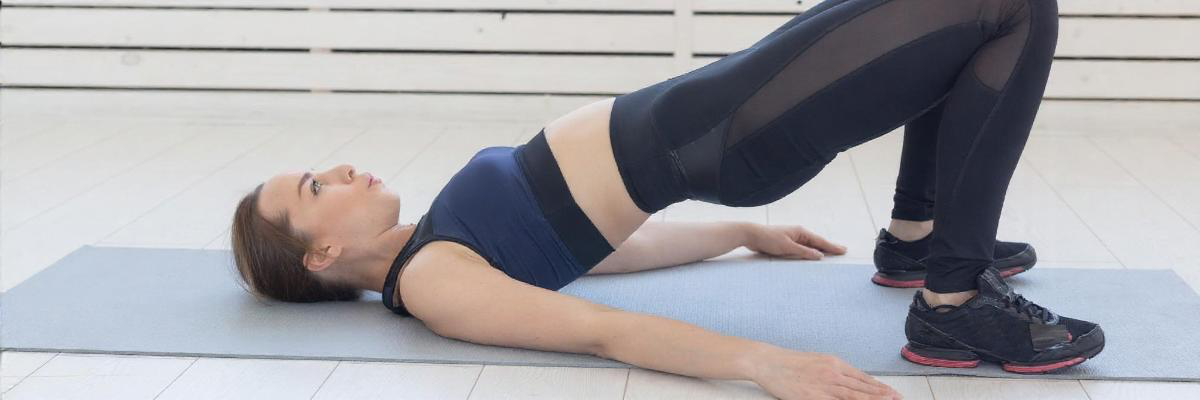Strengthening your pelvic floor muscles is a powerful, non-invasive method for improving urinary health and gaining better bladder control. These essential exercises, often called Kegels, can help manage symptoms of bladder disease, support recovery from prostate issues, and contribute to the overall wellness of every urologic organ. While distinct from treating conditions like kidney stones or an active urinary infection, a strong pelvic floor is a cornerstone of a healthy urinary system. Incorporating these exercises into your routine is a proactive step toward managing your health and preventing future complications.
At Doral Health & Wellness, we are proud of our commitment to providing integrated, interdisciplinary health services to our community. Our expert urologists are dedicated to delivering trusted medical treatments and personalized guidance for a wide range of urologic conditions. We invite you to connect with our innovative medical facility for comprehensive and supportive care on your journey to better health.
Understanding the Pelvic Floor and Its Role in Urinary Health
The pelvic floor is a group of muscles and ligaments that form a supportive sling at the base of your pelvis. This muscular hammock supports your bladder, uterus (in women), and rectum. It plays a crucial role in controlling the release of urine and feces, supporting sexual function, and stabilizing the pelvic bones. When these muscles weaken due to factors like aging, childbirth, prostate surgery, or chronic straining, it can lead to problems like urinary incontinence and pelvic organ prolapse.
Identifying Your Pelvic Floor Muscles
Before you can strengthen these muscles, you must first learn how to identify and isolate them correctly. This is the most critical step, as engaging the wrong muscles (like the abdomen or thighs) will not be effective.
Here are two methods to find the right muscles:
- Stopping the Flow of Urine – The next time you urinate, try to stop the flow midstream. The muscles you use to do this are your pelvic floor muscles. It is important to note that this should only be used as a learning tool to identify the muscles, not as a regular exercise, as it can interfere with normal bladder emptying and potentially increase the risk of a urinary infection.
- Mental Visualization – Lie down comfortably and imagine you are trying to stop yourself from passing gas. The muscles you tighten to do this are the posterior part of your pelvic floor. Now, imagine you are tightening the muscles at the front, as if stopping the flow of urine. The combination of these actions engages the entire pelvic floor.
If you are still unsure, the best urology doctor can provide guidance and confirm you are using the correct muscles.
How to Perform Pelvic Floor Exercises (Kegels)
Once you have identified your pelvic floor muscles, you can begin to exercise them. The key is to focus on proper technique rather than the number of repetitions.
Follow these steps for a correct contraction:
- Get Comfortable – Start by lying on your back with your knees bent and feet flat on the floor. This position makes it easiest to isolate the muscles without engaging your abdomen, buttocks, or thighs.
- Contract and Lift – Squeeze your pelvic floor muscles. You should feel a sensation of lifting and tightening internally.
- Hold the Contraction – Hold the squeeze for 3 to 5 seconds. Make sure you continue to breathe normally during the hold.
- Relax Completely – Release the muscles and relax completely for 3 to 5 seconds. It is just as important to fully relax the muscles as it is to contract them.
- Repeat – Aim for a set of 10 repetitions. As your muscles get stronger, you can gradually increase the hold time to 10 seconds.
Benefits for Men and Women
Pelvic floor exercises offer significant benefits for both men and women, addressing a range of issues from incontinence to sexual function.
For Women
For women, these exercises are particularly beneficial for addressing stress urinary incontinence (leaking urine when coughing, sneezing, or laughing) and urge incontinence (a sudden, intense urge to urinate). They are also a crucial part of postpartum recovery to help restore muscle tone after childbirth.
For Men
In men, pelvic floor exercises can be instrumental in managing urinary incontinence, especially after prostate surgery. A strong pelvic floor also supports erectile function and can be a component of managing erectile dysfunction (ED). For men with chronic prostate issues, these exercises can help improve bladder control. A search for the “best urologist near me” can connect men with specialists who can provide tailored exercise plans. Those in New York can also search for a “Urology doctor NY” for expert guidance. A local “urologist near me” can offer personalized instruction.
Your Partner in Comprehensive Urologic Care
Pelvic floor exercises are a simple yet highly effective way to take control of your urinary health and improve your quality of life. By consistently practicing these movements, you can strengthen the muscles that support your bladder and other pelvic organs, leading to better bladder control, reduced leakage, and improved management of conditions related to bladder disease and prostate issues. This proactive approach to your health supports the function of every urologic organ and contributes to your overall well-being.
For expert and compassionate urological care in the East New York community, trust the specialists at Doral Health & Wellness. Our dedicated team provides cutting-edge diagnostics, treatments, and guidance on therapeutic exercises for the full spectrum of urologic conditions. To schedule a consultation with the best urology doctor and develop a personalized plan for your pelvic health, contact Doral Health & Wellness today at 1-718-365-2555 or visit us at 1797 Pitkin Avenue, Brooklyn, New York 11212. For general information about Doral Health & Wellness services, you can contact or email info@doralhw.org.






